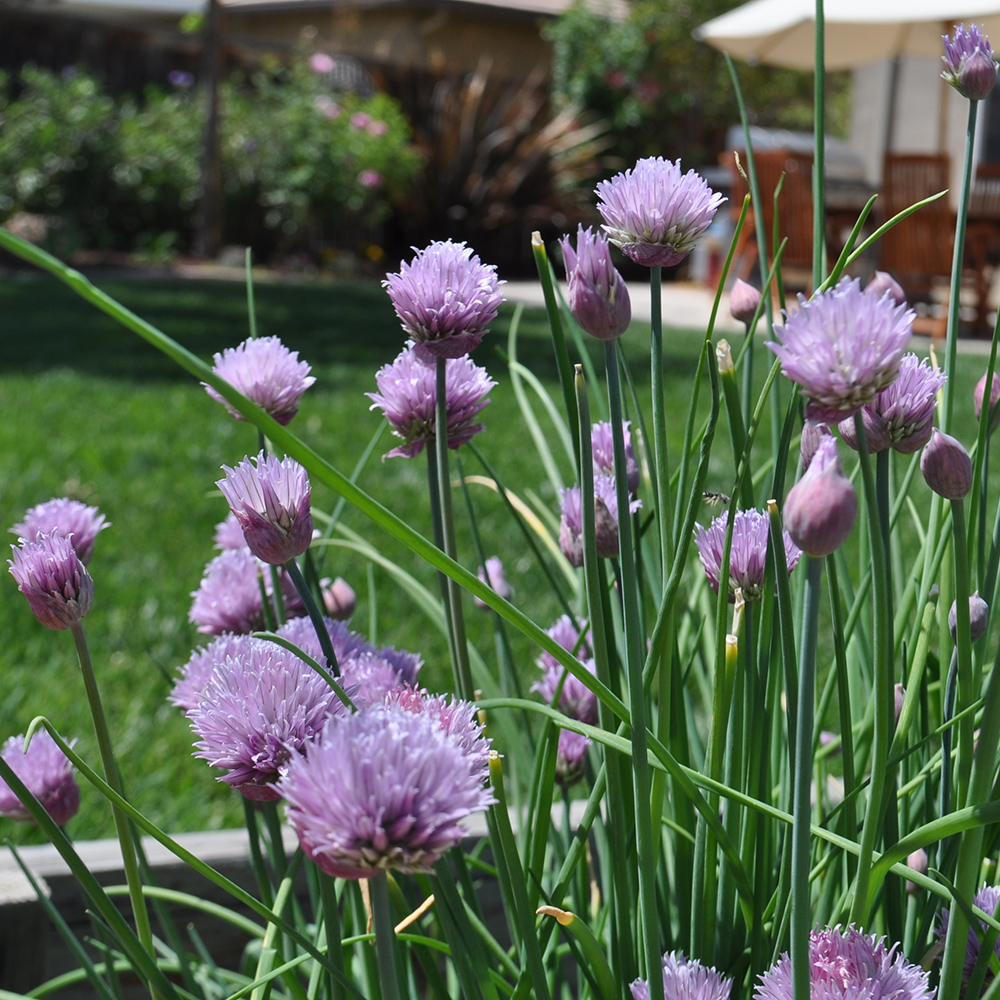
Most of us think of landscaping as a way to make our homes look nice, but landscaping can be functional as well. When it comes to edible gardens, form and function can balance one another in a wonderful new way. Not only does your yard look nice, but you also have a fresh supply of homegrown produce at your fingertips!
The trick to edible landscaping is to keep form in mind, and substitute useful plants for the purely decorative ones you might normally use. For example, instead of using purely decorative bushes along a wall, you might plant blueberry or blackberry bushes (or even roses to harvest as cut flowers). Instead of using hostas as a decorative border, choosing lettuces, cabbages, or herbs gives your landscaping a similar look while providing a source of delicious, fresh salads.
When it comes to color in the garden, most people immediately think of flowers. With edible gardening, thinking “outside the box” will allow you to create a beautiful, colorful garden while still providing your family with plenty of fresh produce. Chives, thyme, strawberries, oregano, and other crops can provide bursts of bright colors. If you research and plan carefully – just as you would with a traditional flower garden – you can be sure to have several different colors “blooming” at any given time. Keep seasons and maturity times in mind, and plant your edibles accordingly.
Of course, that’s not to say that flowers have no place in an edible garden. Many flowers make delicious additions to salads and other dishes. Some flowers are also extremely beneficial to organic gardening, as they attract helpful insects that control crop-destroying pests. If you want to avoid using harmful insecticides on your edible landscaping, planting flowers such as cornflower, sweet alyssum, marigolds, and others that attract ladybugs and lacewings will help protect your plants. Once again, research and planning go a long way toward creating a landscape that is both beautiful and functional.

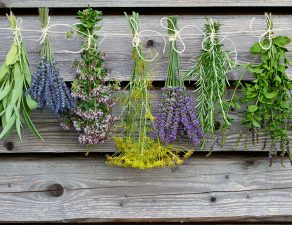
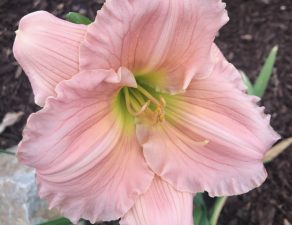
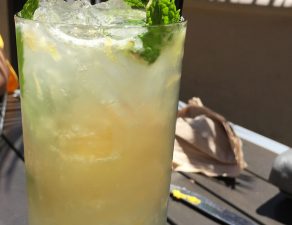
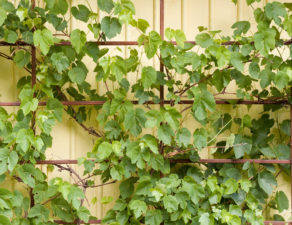
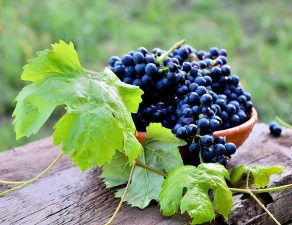
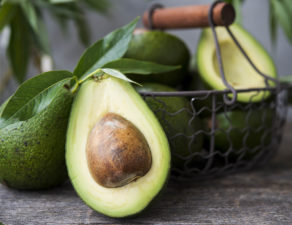


Write a comment: